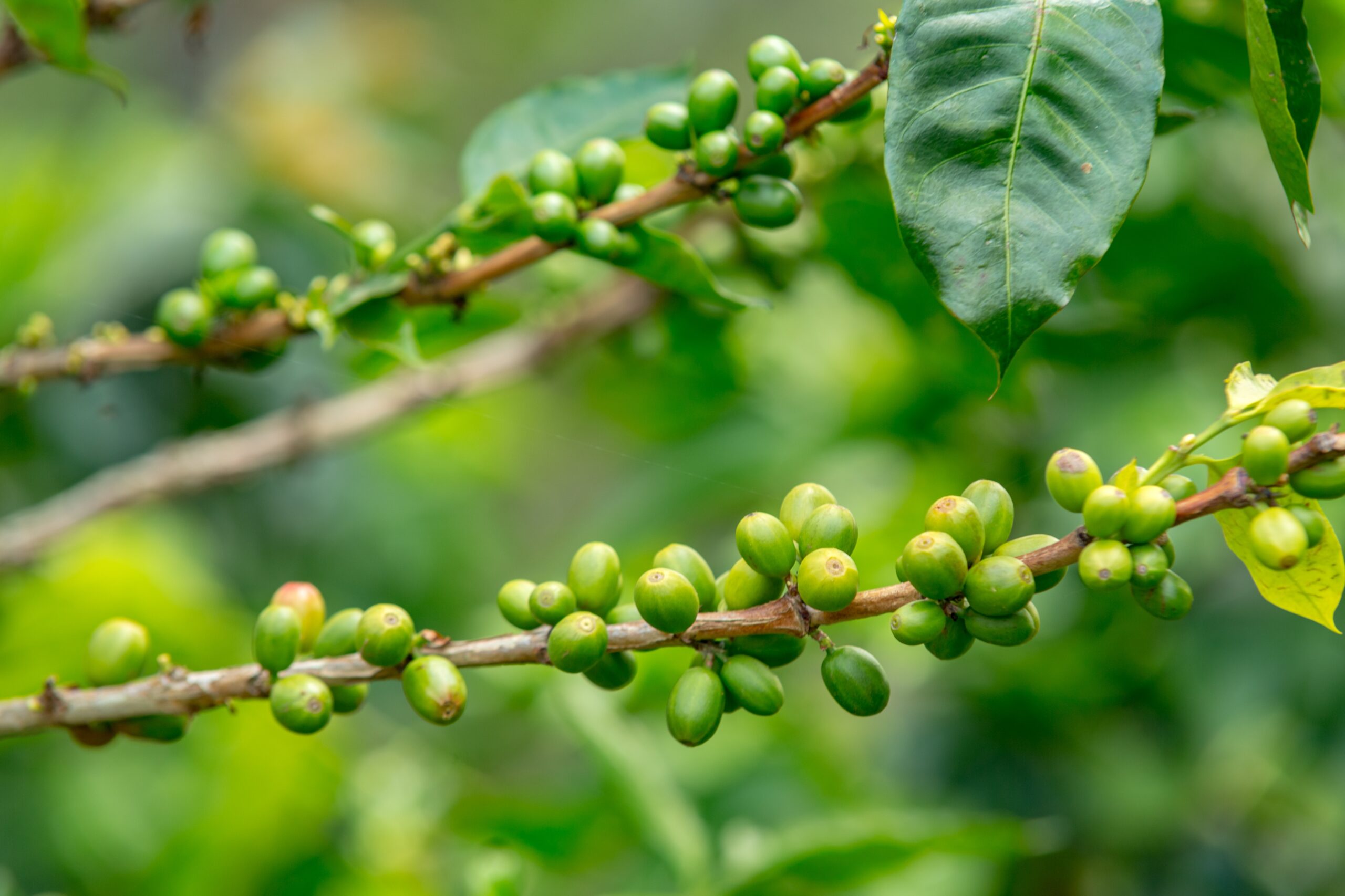Those involved in the coffee trade over the past 2 years and have seen gyrations to the coffee price that were previously inconceivable. The worldwide supply of coffee has reduced due to damage from late frosts in Brazil in May 2020 combined with the covid difficulties in productivity and shipping. Brazil who are the world’s largest coffee producer, at 2.4m tonnes, has more impact on coffee price and supply that any other producer.
The net effect of this is a reduction in available supply of coffee for export and accordingly a steady and continuous rise in green bean coffee prices. In July 2019 the traded price for arabica green beans was USD$2.99 per kg, this had increased to USD$5.84 by February 2022. For those of us in the coffee importing countries, this is a significant price increase which makes us look at our own businesses and decide what we need to do to stay competitive while offering our customers an attractive proposition.
But before we blame climate change and covid for our woes, it’s worth looking at this from the coffee producing nations’ perspective. Up until 2019, there was an oversupply of green bean coffee (primarily from Brazil). As a result, the price of coffee was steadily falling; in economic terms, coffee is considered to have ‘inelastic demand’ (as the price of green bean coffee drops this does not lead to similar increases in demand) but the price is hugely influenced by the amount of supply. The reasons for the steady price decrease occurred due to the rapid rise in production capacity (in Brazil), slower growth in coffee consumption (most people don’t drink more coffee because it’s cheaper), excess power by the major coffee roasters and a depreciation of the Brazilian Real against the US Dollar.
The net effect of this was calamitous for smaller producing countries (Kenya, Uganda, Rwanda, Honduras, Columbia etc) who are almost always in the developing world and are hugely dependent on exporting green bean coffee to fund the basic running of their countries. For the farmers themselves, this resulted in communities adopting ‘coping strategies’ that include reducing the maintenance on coffee plants, reduced expenditure on health, education and so on. The governments of coffee producing countries did try and club together to set up minimum price per kg but these have largely been unsuccessful due to the temptation to break ranks.
So in May 2020, the Brazilian coffee crop has a fright, the challenge of Covid put pressure on previously efficient supply channels and the western coffee drinking world had to stop and rethink their strategy. Smaller coffee producing counties come back into focus as the prices look reasonable. At Watermark we are no different, we launched our Tibradden single origin blend from Kenya at the beginning of the year and the coffee has been a great addition to our Woodland Coffee range.
Who knows what will happen over the next few years but what has happened recently to the price of coffee probably reflects an inherent fairness. The price increases seen of recent times merely reflects a more equitable situation whereby growers are getting a better deal.

